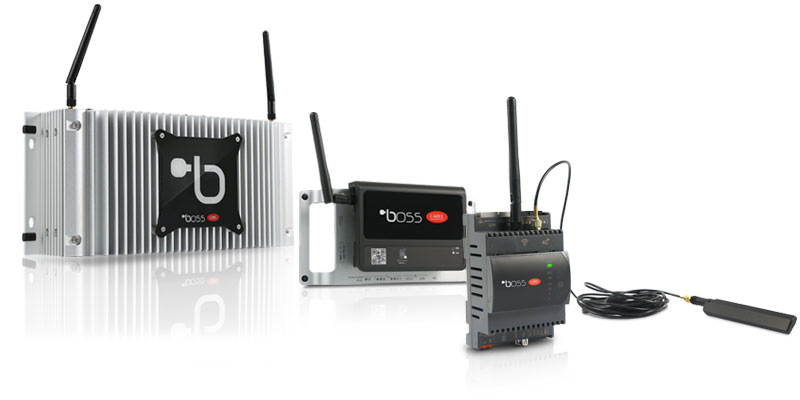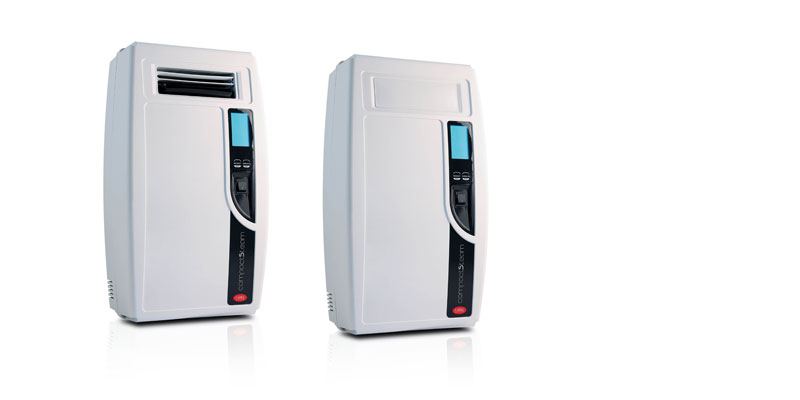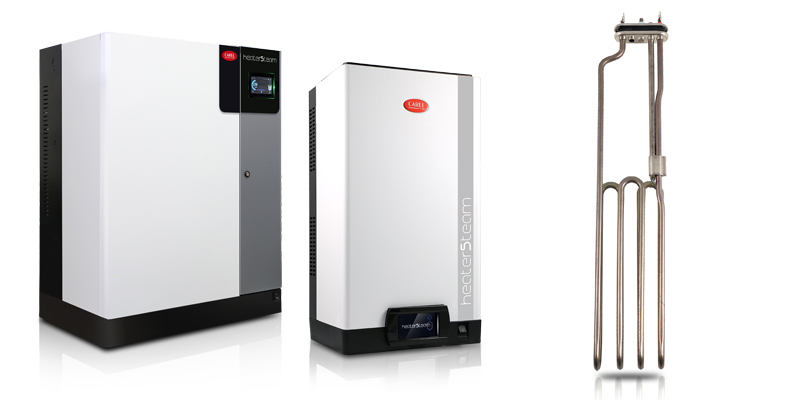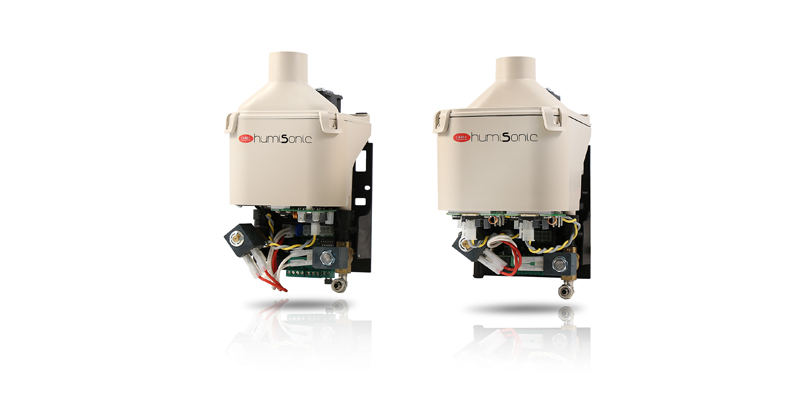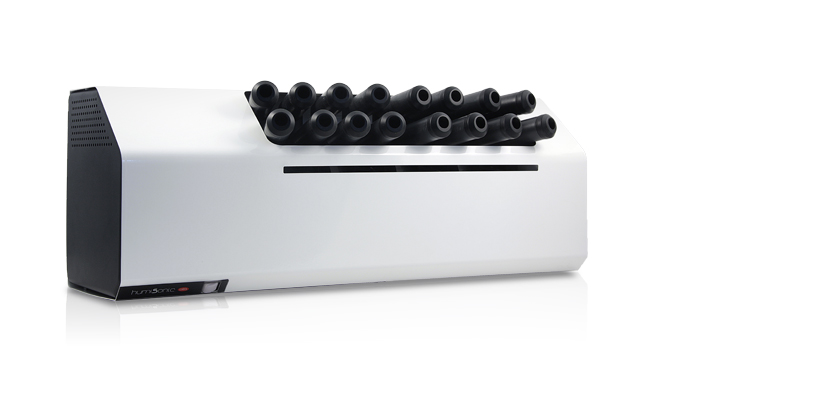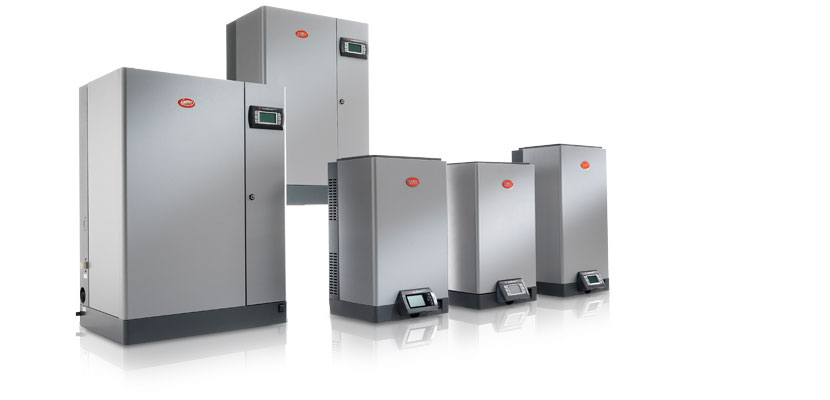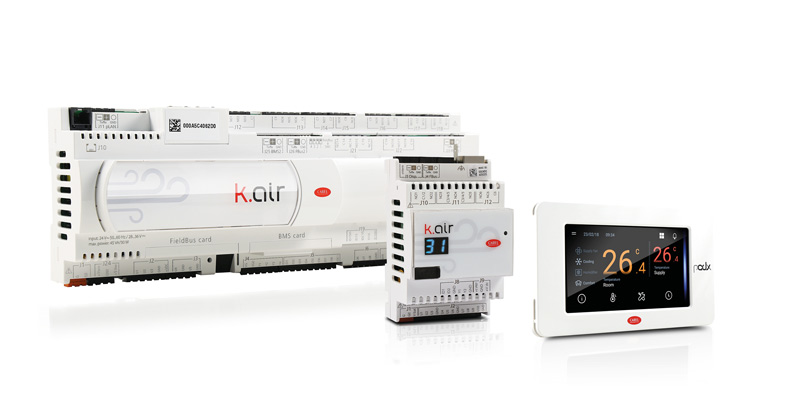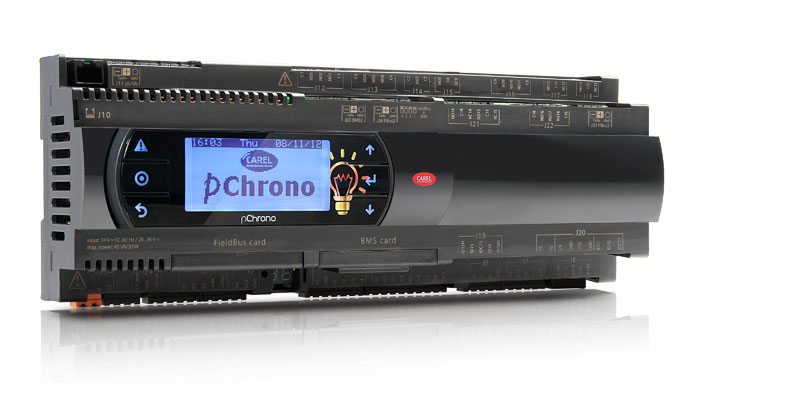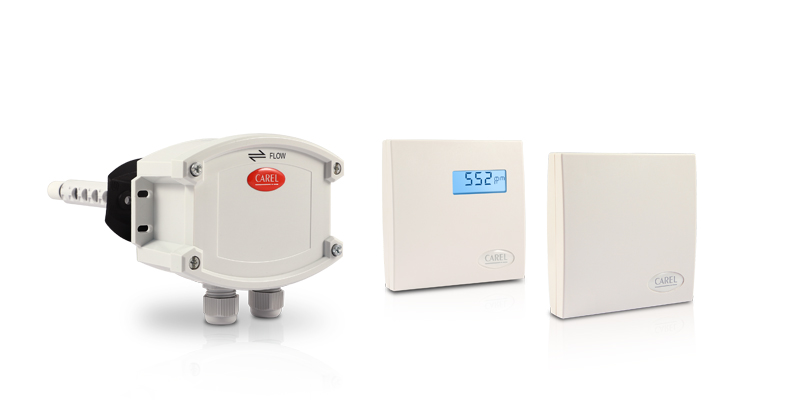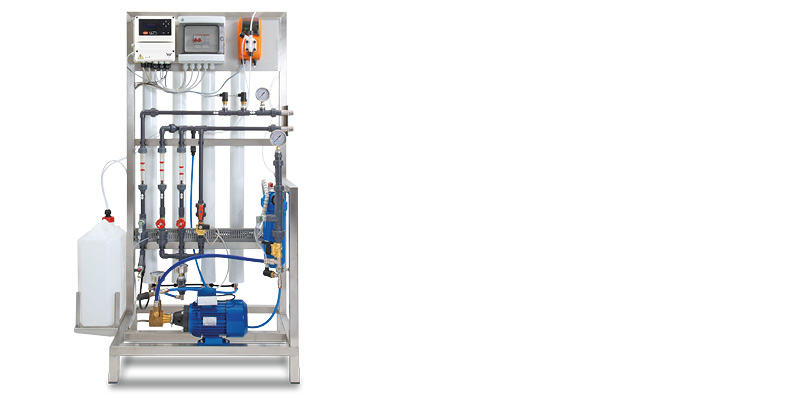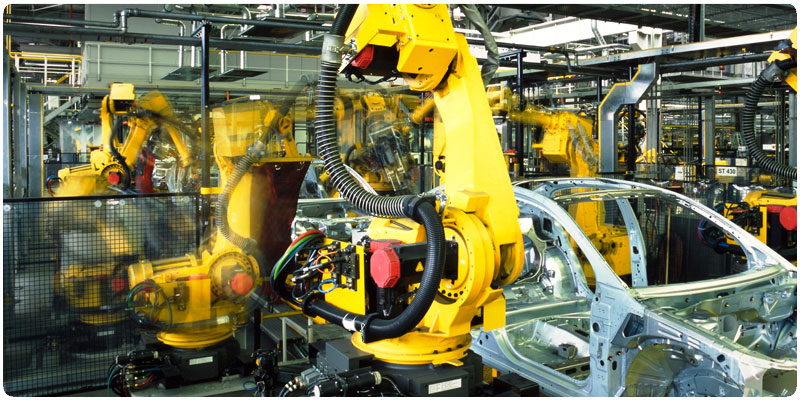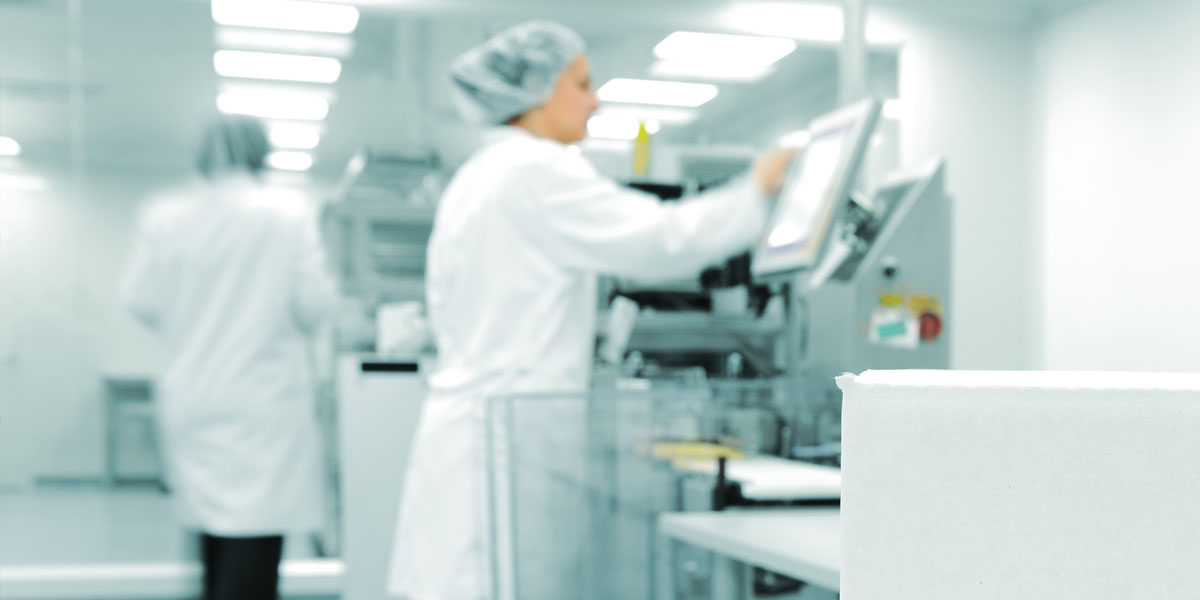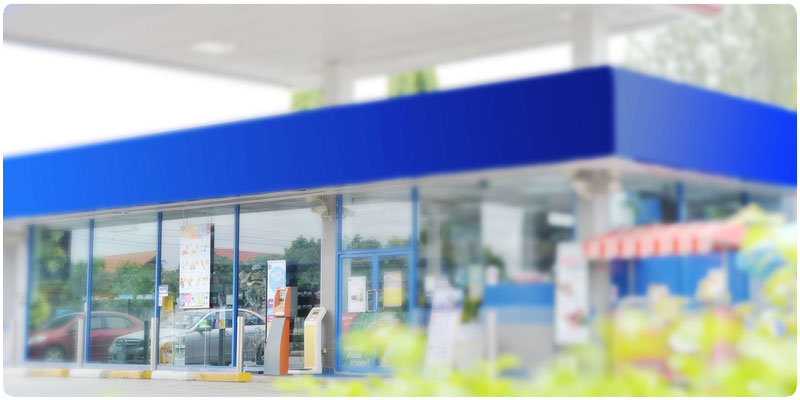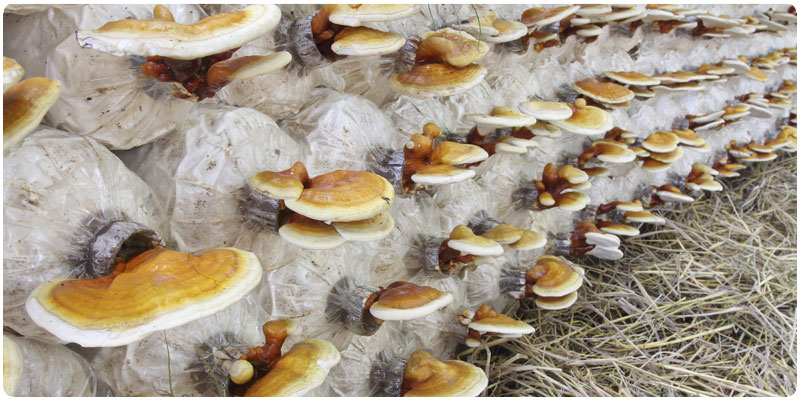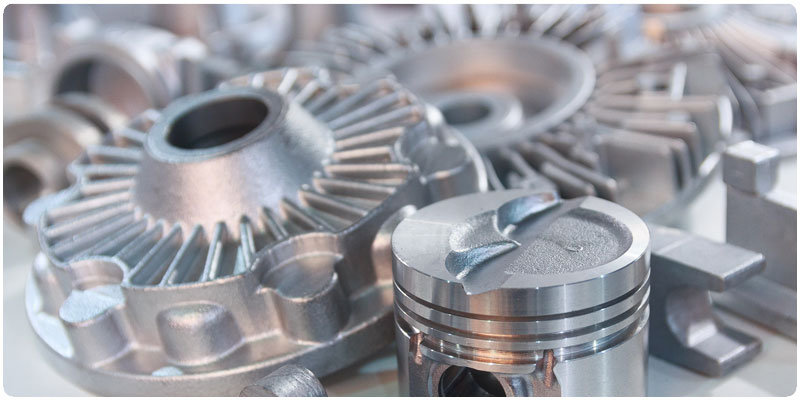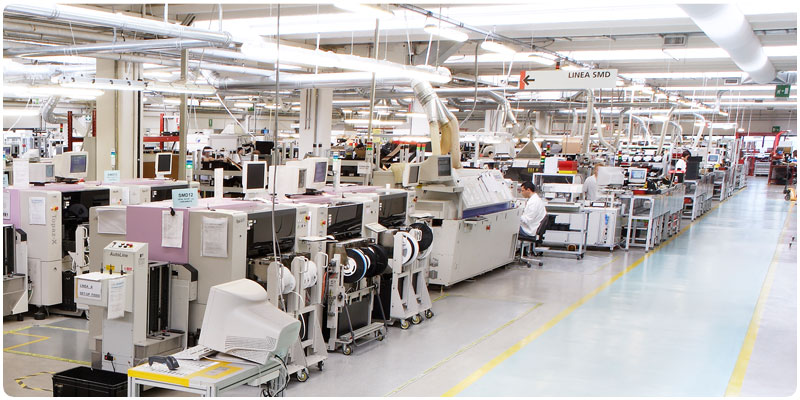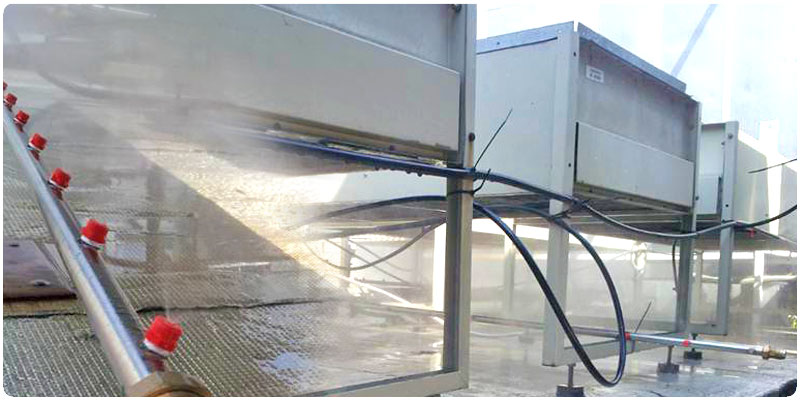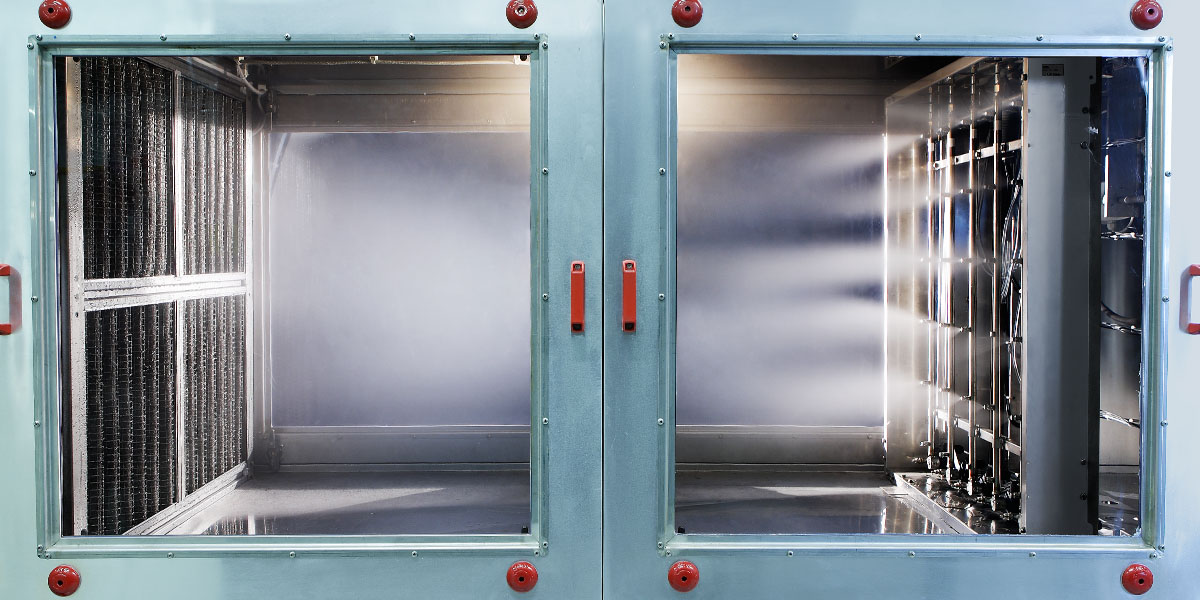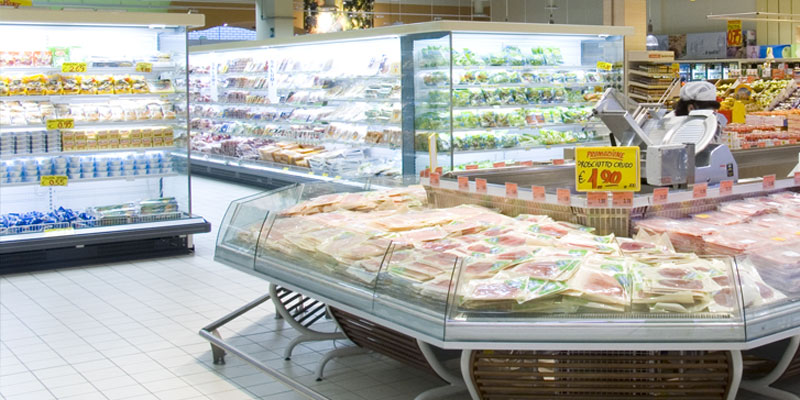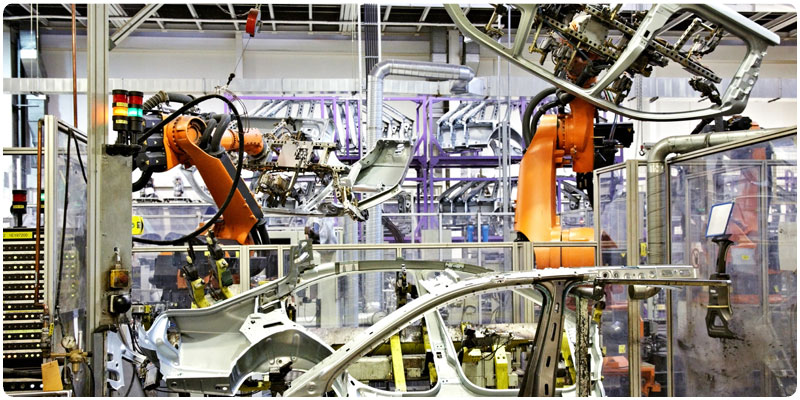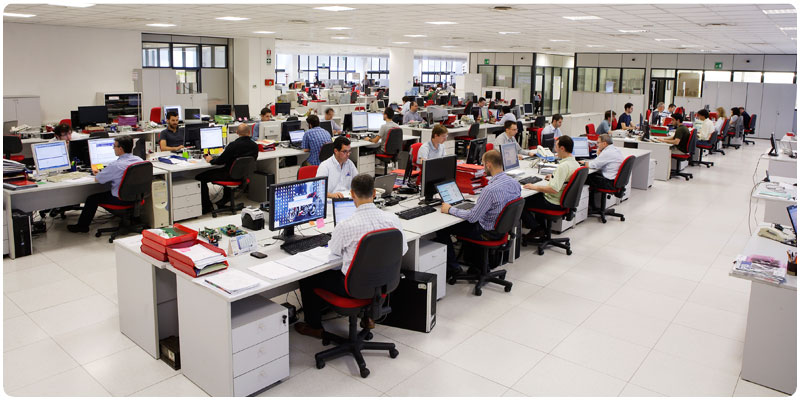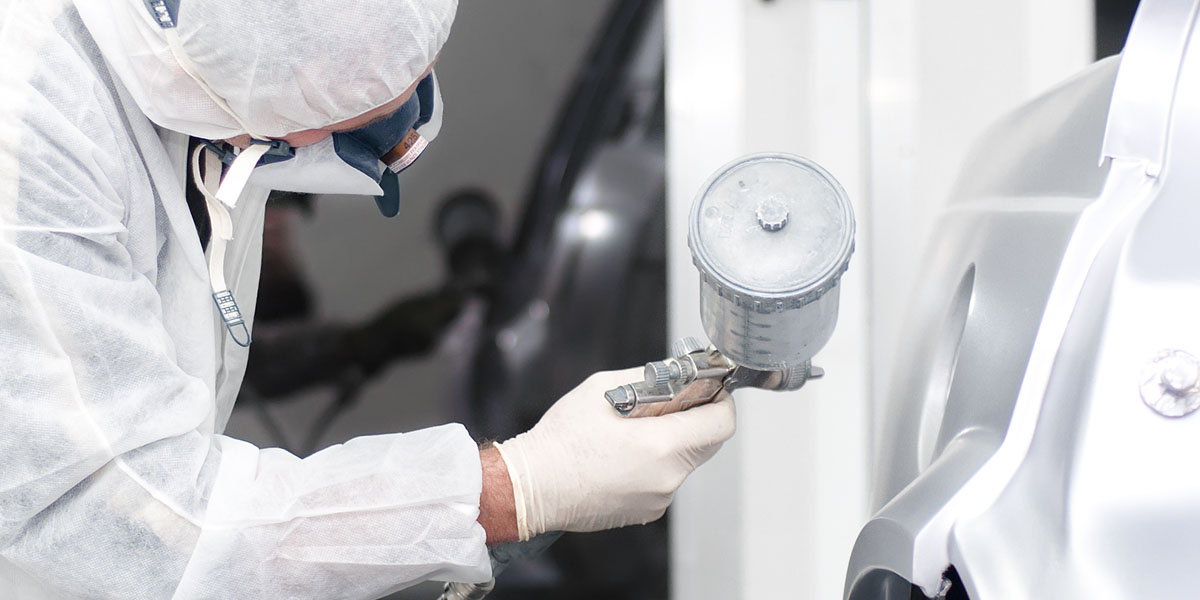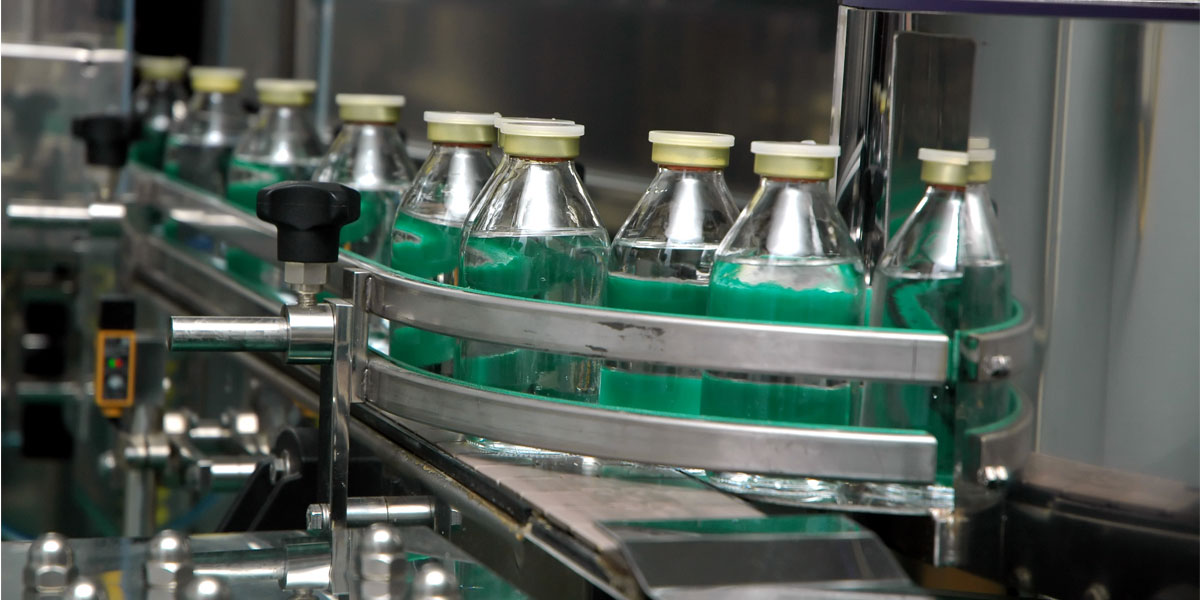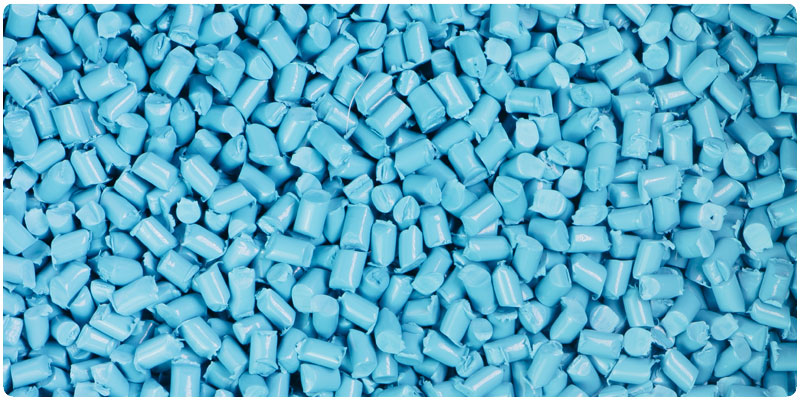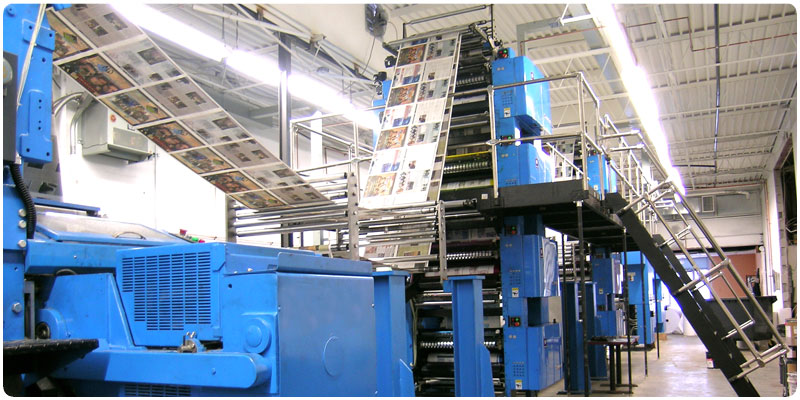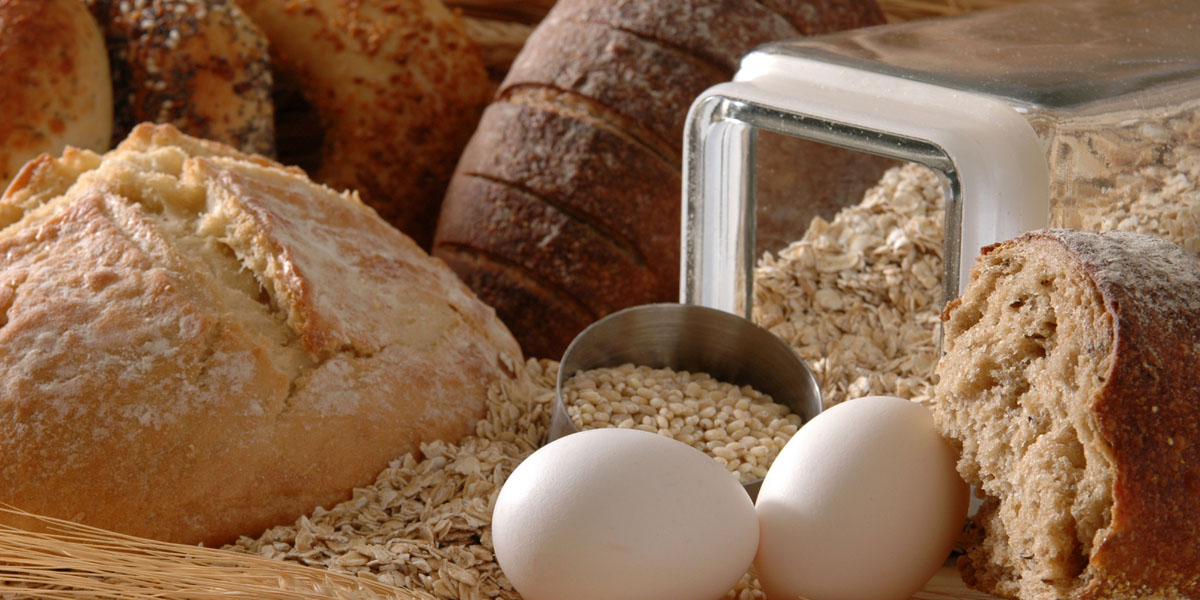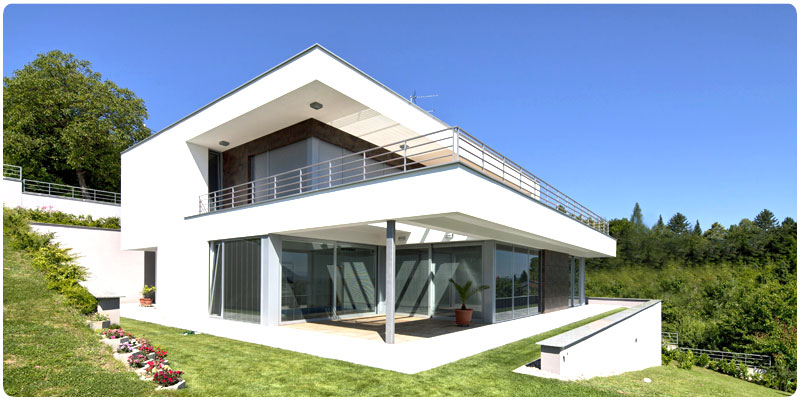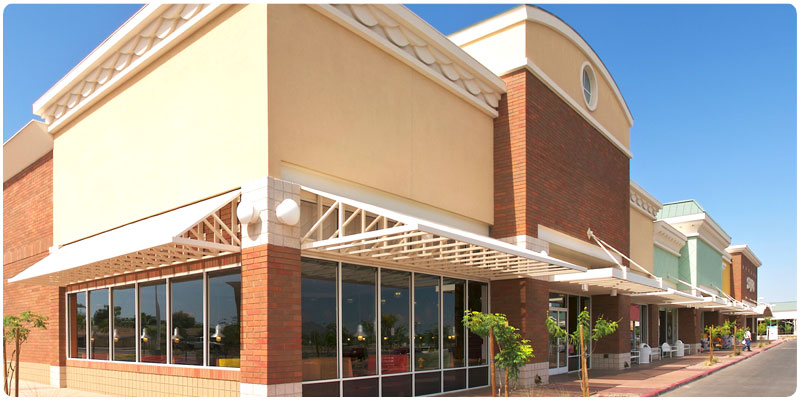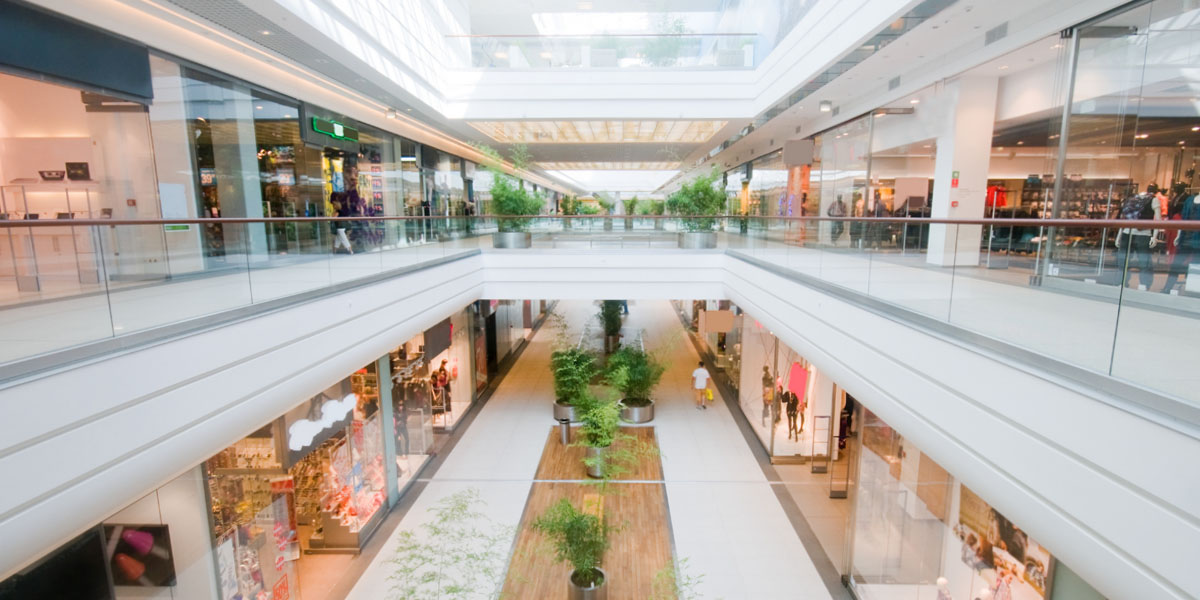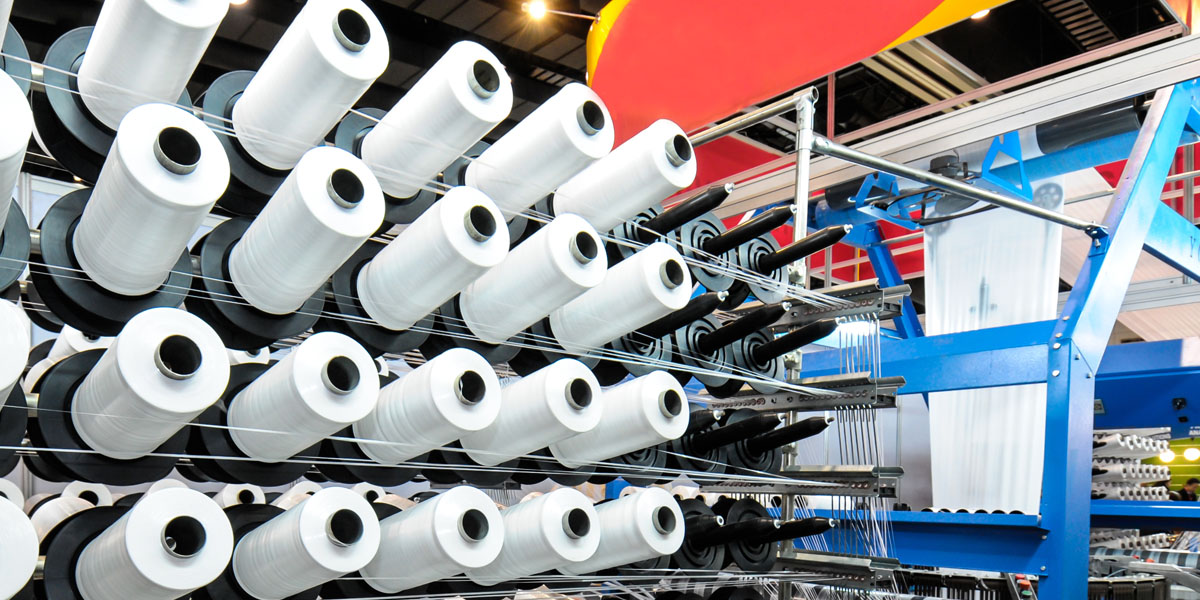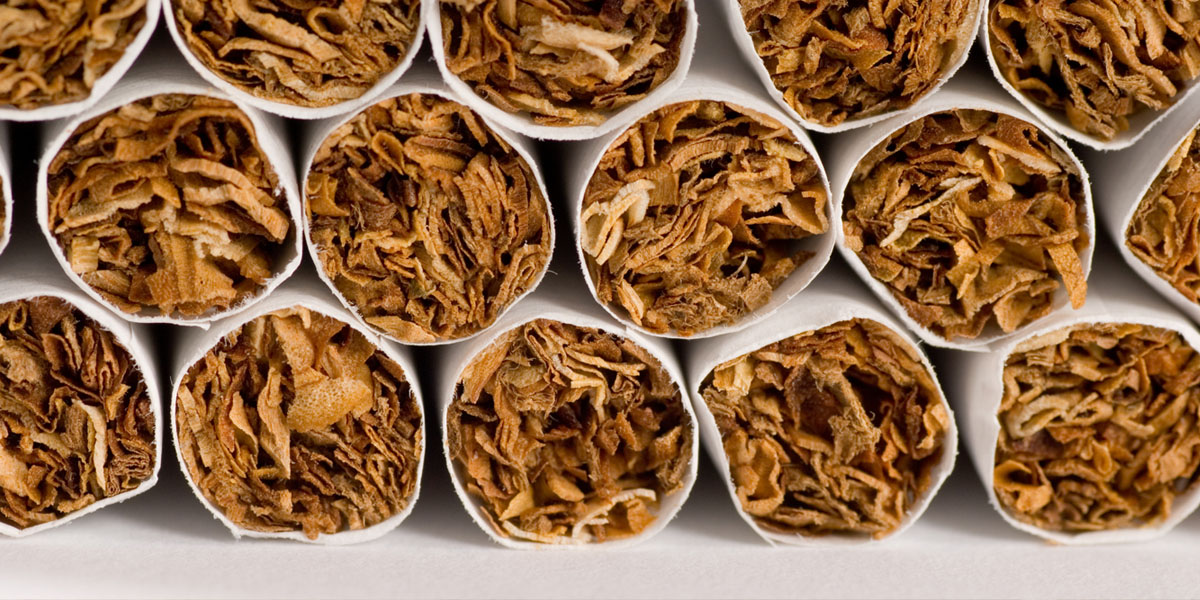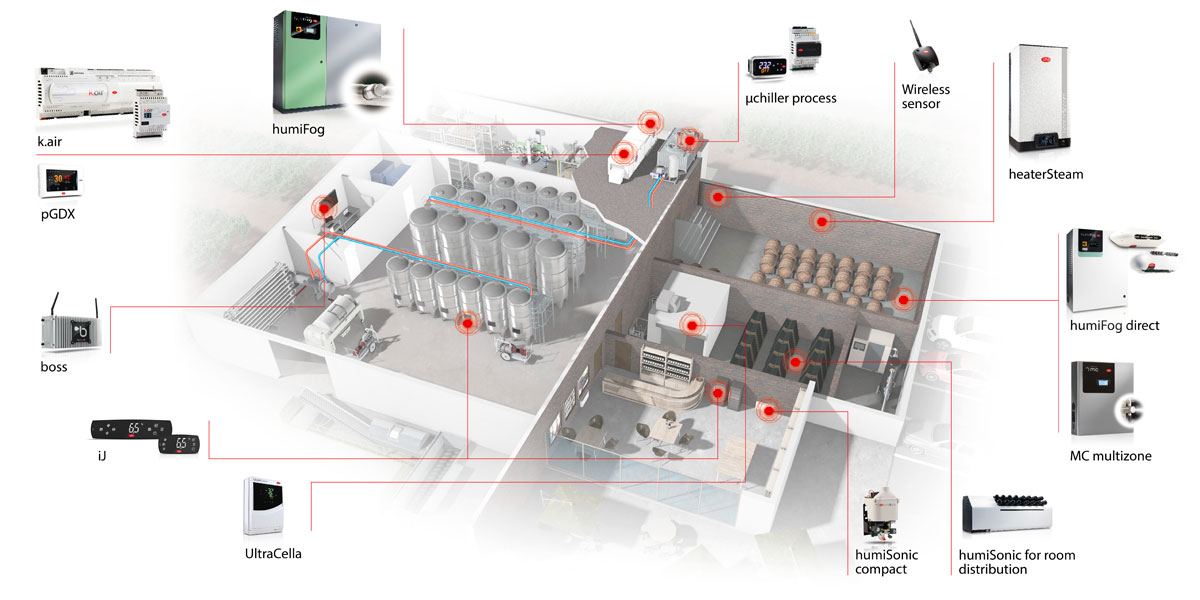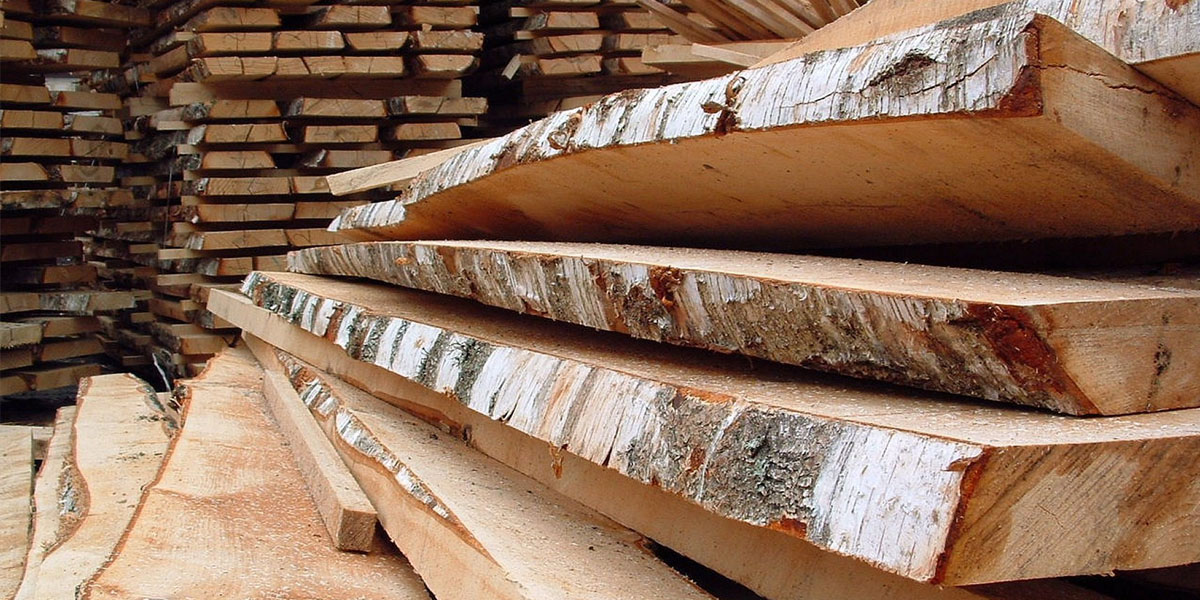Museums, Libraries and Theatres
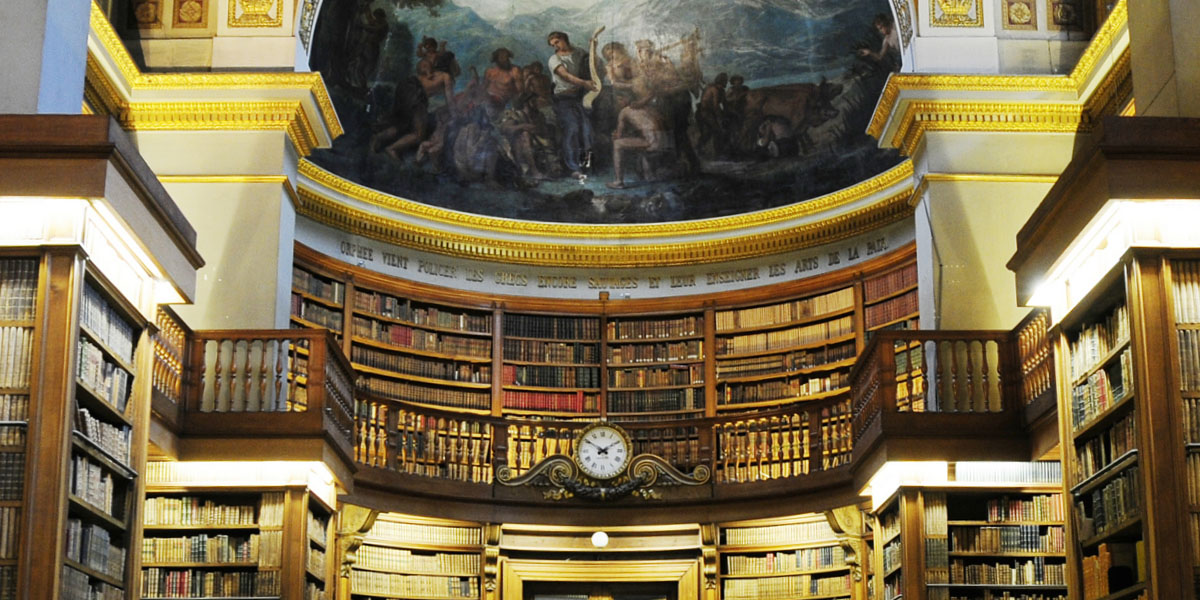
-
General characteristics
Air temperature and humidity control plays a fundamental role in museums and, more generally, in places where precious objects, works of art and wooden objects in general are kept.Ensuring the right level of relative humidity in fact means:
- Guaranteeing longer preservation of artworks;
- Preventing deformation to canvas and parchments due to variations in air humidity;
- Preserving wooden objects, included parquetry, that tend to crack if the air is too dry;
- Better preservation of books, avoiding dehydration and cracking of the paper and glue;
- Guaranteeing comfort and well-being for visitors, spectators and artists, avoiding health problems due to dry air.
A painting normally consists of wooden stretchers, a frame and the canvas (or wooden panel) where the paint is applied: these are all hygroscopic materials that expand or contract when the surrounding air undergoes variations in relative humidity. The result may be formation of cracks in the paint, with possible detachment from the support base and irreparably damage to the artwork.For the same reason, all wooden objects suffer from changes in humidity. In particular, excessively low humidity may cause cracks that affect quality and safe preservation: whether objects, or wooden wall or floor coverings (parquetry).The same principle also applies to the preservation of books in libraries and archives. The paper used for the pages and the covers is also hygroscopic, meaning it either releases or absorbs moisture according to the humidity of the surrounding environment, and consequently tends to contract or expand. In particular, low relative humidity values may cause paper and glue to dehydrate and crack. To ensure optimum preservation of books, ambient temperature must be kept between 18-20 °C, and relative humidity must be 60-65%.Relative humidity also has an impact on personal comfort. In winter, a building's heating system increases air temperature and consequently lowers the relative humidity, even to values as low as 20%, perceived as dry air. As a result, occupants feel dry skin on their hands and chapped lips. As well as these unpleasant feelings, there are also negative consequences on the health. The human respiratory system is in fact sensitive to dry air: nasal and throat mucous dries out, making us more vulnerable to contagion by typical winter afflictions.Relative humidity control there has important repercussions on the health and comfort of visitors and staff in museums and libraries. In theatres, the effects not only include the health and comfort of the audience and the preservation of wooden furniture, but also the performances of artists and musical instruments.CAREL offers a vast range of humidifiers and controllers, ideal for maintaining the correct temperature and humidity level in museums, libraries or archives, as well as prestige homes where artworks need to be preserved. The range includes precise and reliable steam humidifiers, as well as adiabatic humidifiers, which not only ensure high performance and very low energy consumption, but can both humidify and cool the air at the same time. -
Plus
CAREL offers a vast range of humidifiers and controllers, ideal for maintaining the correct temperature and humidity level in museums, libraries, archives and theatres, as well as prestige homes where artworks need to be preserved.- Evaporative cooling: adiabatic humidifiers both humidify and cool the environment, reducing power consumption by up to 30%;
- Savings: the possibility to use gas fuel rather than electricity brings cost savings of up to 70%, also thanks to energy efficiency of 94-96%, the highest on the market.
- Aesthetics: CAREL proposes solutions with a very low visual impact, for perfect integration into prestige environments;
- Minimal maintenance: combination with a reverse osmosis water treatment system eliminates the need for unit downtime for periodical maintenance.


